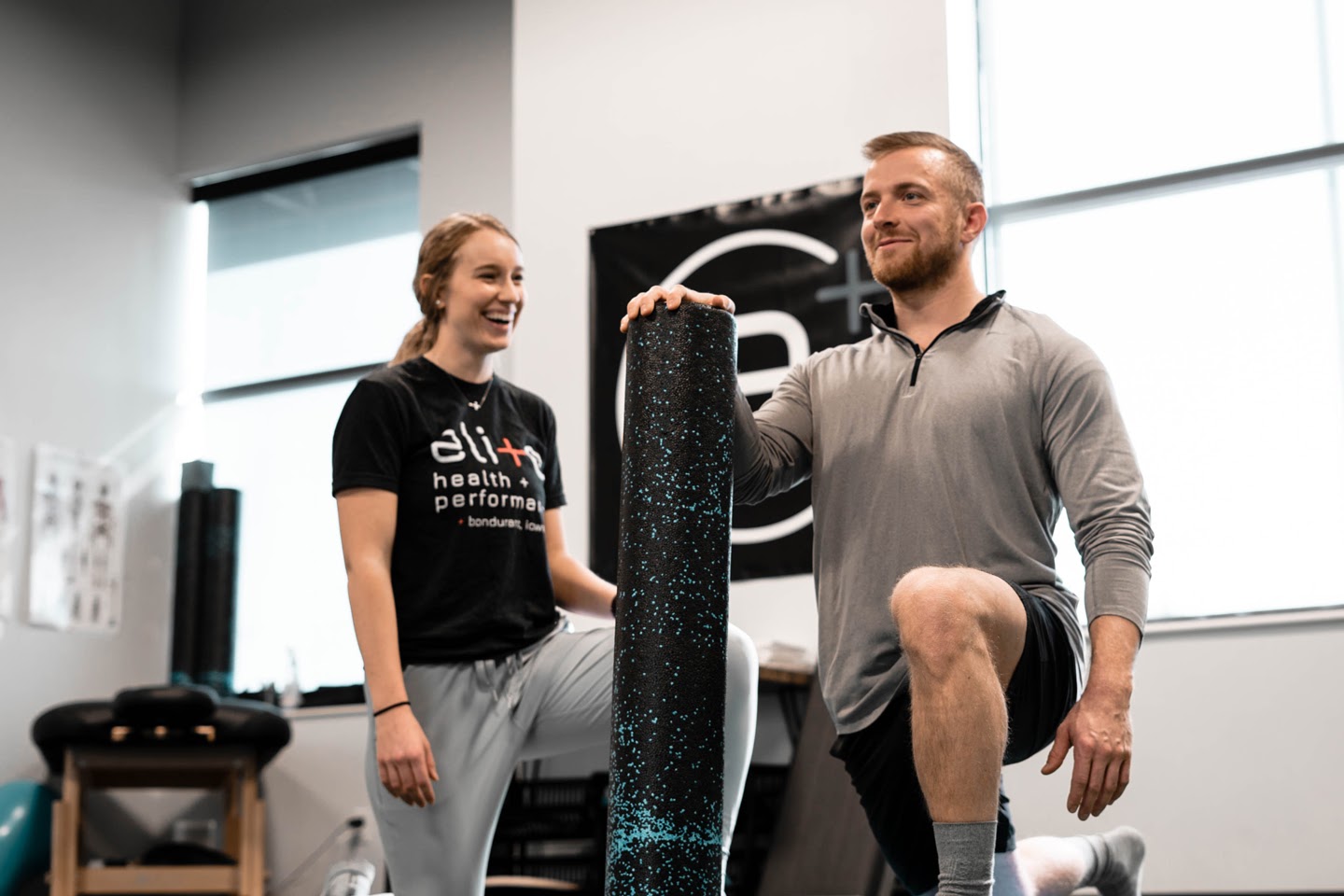Creating a More Just and Merciful World
5 Things to Know about Physical Therapy and Regenerative Medicine

Rehabilitation and healing have a new ally — a set of regenerative procedures like stem cell therapy and platelet-rich plasma injections that will further strengthen the connection between orthopedics, rehabilitation medicine, physical therapy and their shared patient population.
The Bachelor of Science in Pre-Physical Therapy from Carlow University shares the following list of five things for every current or aspiring physical therapist to know about the growing partnership between regenerative and rehabilitation medicine and physical therapy.
- Human Tissue Responds to Support
At its most basic, regenerative medicine and rehabilitation uses a range of chemical, biological and bioengineered interventions like stem cell therapy and bio-scaffolding to repair, replace, or regenerate impaired or nonfunctional human tissue. Rehabilitation medicine and physical therapy professionals continue to investigate how cells sense and respond to mechanical stimuli by converting them to biochemical signals that elicit specific cellular responses. This process is called mechanotransduction.
- Patients Look for Surgical Alternatives
Patients often pursue regenerative procedures and follow-up physical therapy care as an alternative to joint-replacement surgery to address ailments such as joint pain and osteoarthritis. The growing prevalence of orthopedic diseases coupled with a growing geriatric population is expected to increase the demand for regenerative medicine. In the United States, the population age 65 and over number almost 50 million. They represented 15.2% of the population, about one in every seven Americans. All musculoskeletal conditions cost patients and the US healthcare system $240 billion or about 2.9% of total GDP each year.
- Investment in Regenerative Medicine and Rehabilitation is Growing
Patient demand for regenerative medicine and therapies for musculoskeletal conditions is projected to grow by 19.1% through 2027, according to a new report by Global Market Insights Inc. The total market valuation of regenerative medicine and therapy, including gene therapy, will reach $125 billion by 2027. In October 2020, the Government of Canada announced an investment of more than USD $20 million to support advances in regenerative medicine and stem cell therapy.
- Regenerative Medicine is a Complex and Relatively New Field
Regenerative medicine, encompassing stem cell therapeutics and tissue engineering, offers a promising approach for the development of complex biological therapies. However, just as donor organ status and host immunological barriers continue to pose major challenges for organ transplantation, donor and host factors also pose a challenge for regenerative medicine. While encouraging strides are being seen in the survival and function of hematopoietic stem cells in bone marrow transplantations and epidermal stem cells in skin grafts is encouraging, many aspects of regenerative medicine remain at the research stage. An article in the cell and molecular biology-focused magazine The Scientist states that stem cell therapies and tissue engineering are “nearing medical prime time” and that a “growing number of scientists, clinicians, and physical therapists now are taking an interdisciplinary approach to rehabilitation, pairing exercise with technologies that regenerate bone, muscle, cartilage, ligaments, nerves, and other tissues.”
Current and aspiring physical therapists can learn more about the future of physical therapy and regenerative rehabilitation on the American Physical therapy Association website. Other resources include the Alliance for Regenerative Rehabilitation Research and Training and RegenerativeMedicine.net. For more information follow up here:
- American Physical Therapy Association
Regenerative Rehabilitation: www.apta.org/RegenerativeRehab/
- International Society for Stem Cell Research
www.isscr.org/
- Mayo Clinic Center for Regenerative Medicine
www.mayo.edu/research/centers-programs/center-regenerative-medicine
- McGowan Institute for Regenerative Medicine
www.mirm.pitt.edu/
- National Institutes of Health’s National Center for Medical Rehabilitation Research
www.nichd.nih.gov/about/org/ncmrr/Pages/overview.aspx
Begin your journey toward a career as a physical therapist with a Bachelor of Science in Pre-Physical Therapy from Carlow University. This program, which can be completed in as little as three years, will prepare you for graduate-level education or to work in the health care field. To practice as a physical therapist, you must get a doctor of physical therapy degree and pass a state licensure exam. Learn more about Carlow University’s Doctor of Physical Therapy Degree here.
